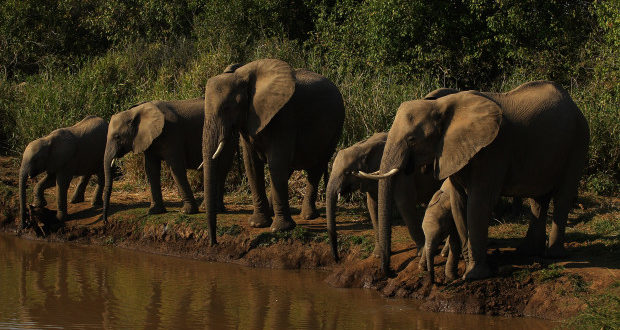Rare Animal Part Trade Contributes to Extinction
Published on April 20th, 2023
We sound like a broken record here at CAPS, but more people means less resources.
Animal habitats are especially affected by the impacts of human population growth. More humans means less resources, less land, and more pollution, all of which are felt by animal life in an outsized way.
The issue of human overpopulation is a massive and multifaceted problem with no simple solution.
CAPS Director Karen Shragg recently published an incredibly well researched article on how animal populations are affected by the trade in rare animal parts.
The article mentioned that 556 species of mammals are used for medicinal treatments, of which 155 are endangered, and 46 are threatened. Later in the article, Shragg hit the nail on the head with what’s really going on in this trade:
“But in a modern world where so much human pressure is already causing the extinction of our fellow creatures, the use of wild animals for medicines, based on superstitious folklore, has to stop especially where scientifically-based cures are available. It is unethical and even criminal to keep on with the traditions of killing endangered wild animals.”
This type of animal trade is motivated by money and ancient custom. Unfortunately both of these factors are difficult to control. Greed and religious belief are two of the most powerful forces on the planet. Shragg’s article points out that this industry brings in between 7-23 billion dollars each year.
Sadly, some of our most revered and at-risk animal populations are the biggest targets of this trade. According to the University of Oxford Conservation research unit, lion populations are down 75% in the past 20 years. According to Shragg, much of this is due to their exploitation on big cat farms where they are slaughtered for use in traditional medicine. Shragg also mentioned that animals like pangolins, rhinos, elephants, and various other endangered and at-risk species are heavily targeted in this trade.
The loss of these animals isn’t just a tragedy from a sentimental perspective. They are key parts of their environments and their elimination can trigger a total collapse of the ecosystems around them.
Shragg concluded her piece by making the point that this could all stop tomorrow. We have modern medicine, so no one needs a piece of a rare animal to cure an ailment. Shragg poignantly finished off her article with this remark:
“But NOT killing wildlife for ancient superstitions? Let’s STOP doing that, if John Mulaney is right, we could just stop doing what is hurting them and not helping us. It seems like a win-win solution to me.”
We wholeheartedly agree.





